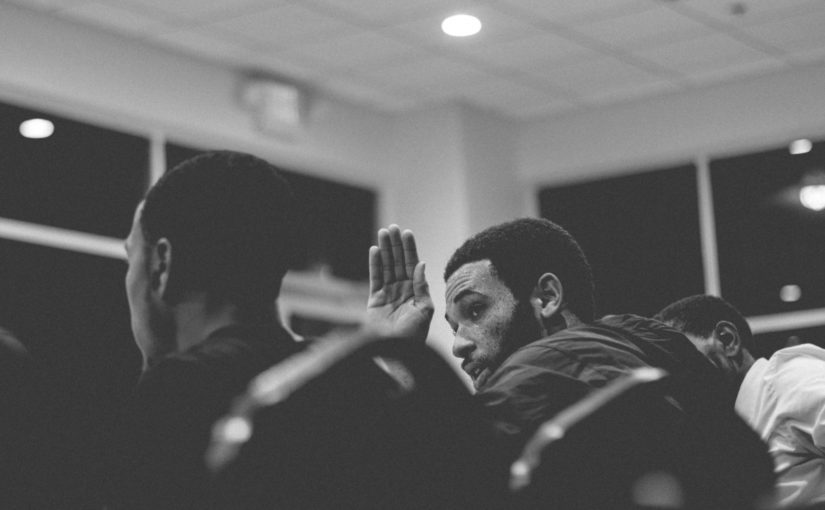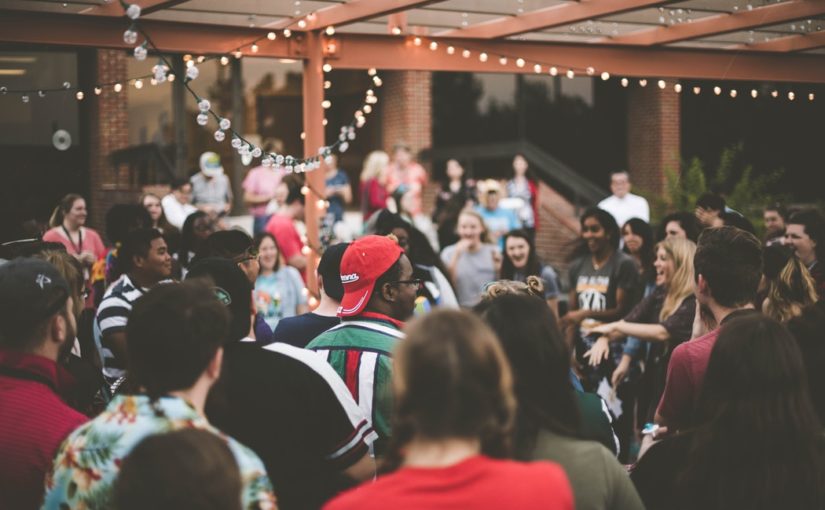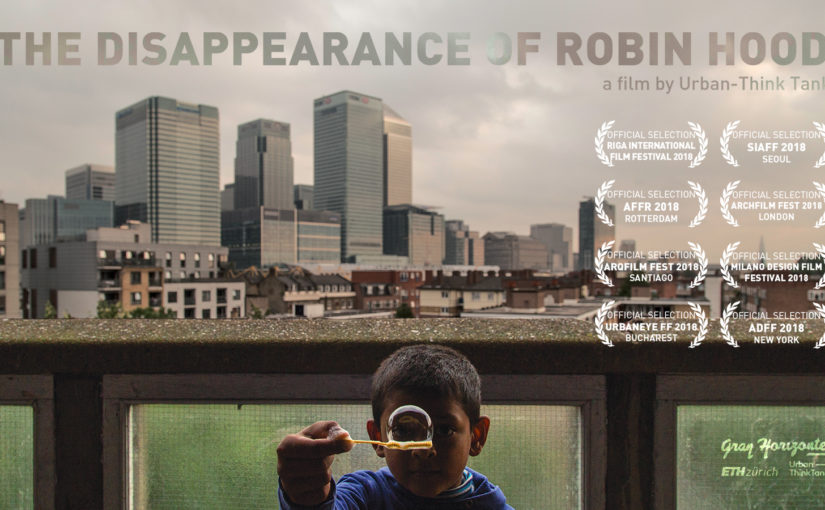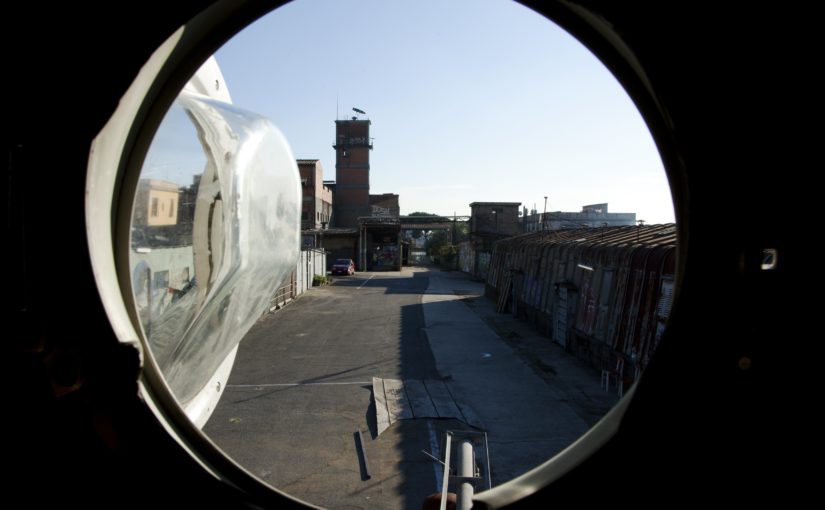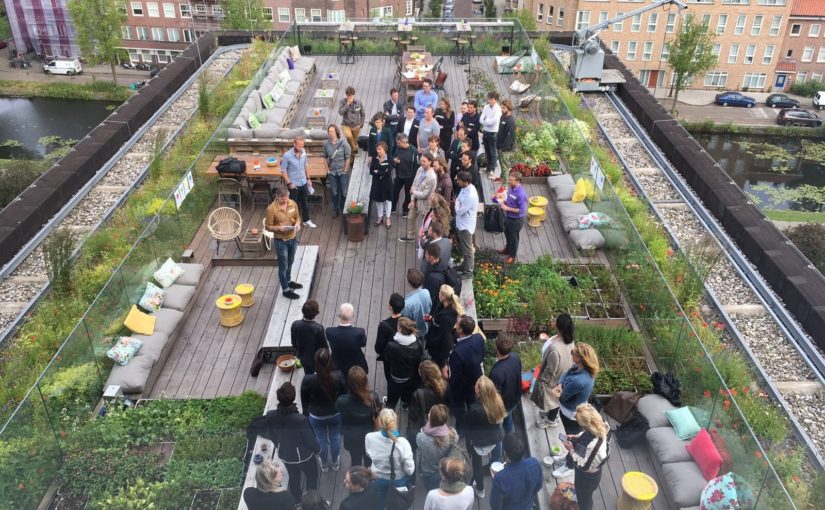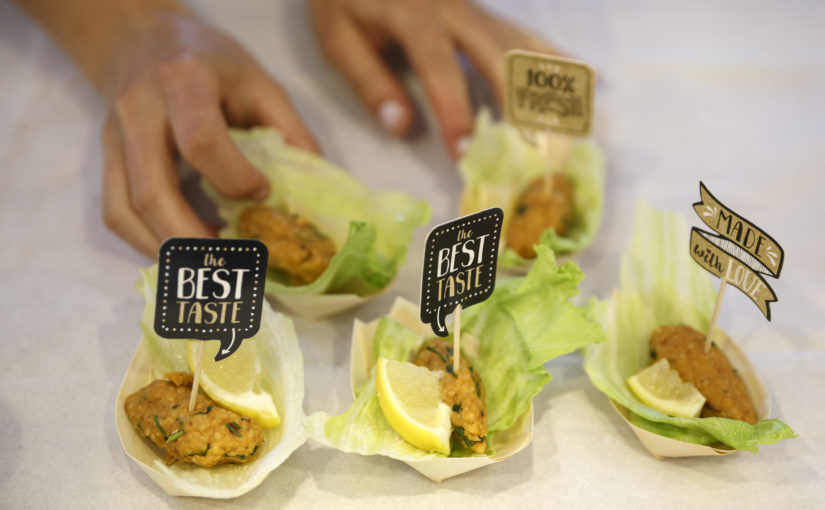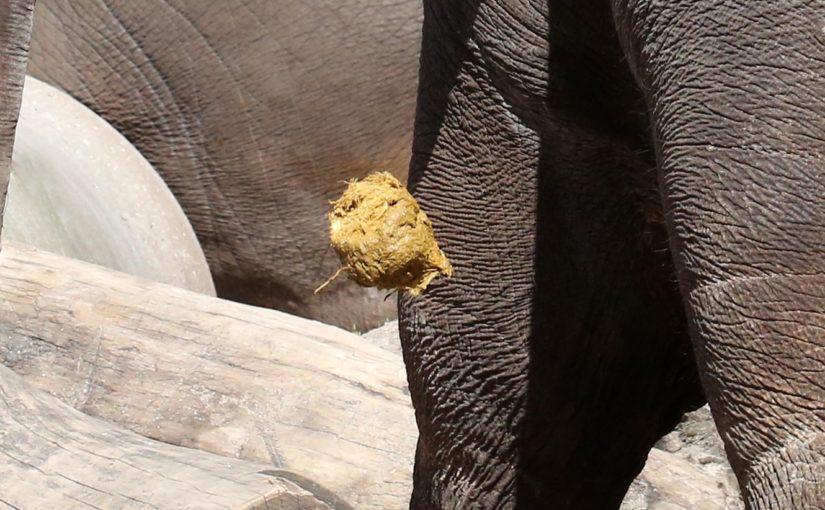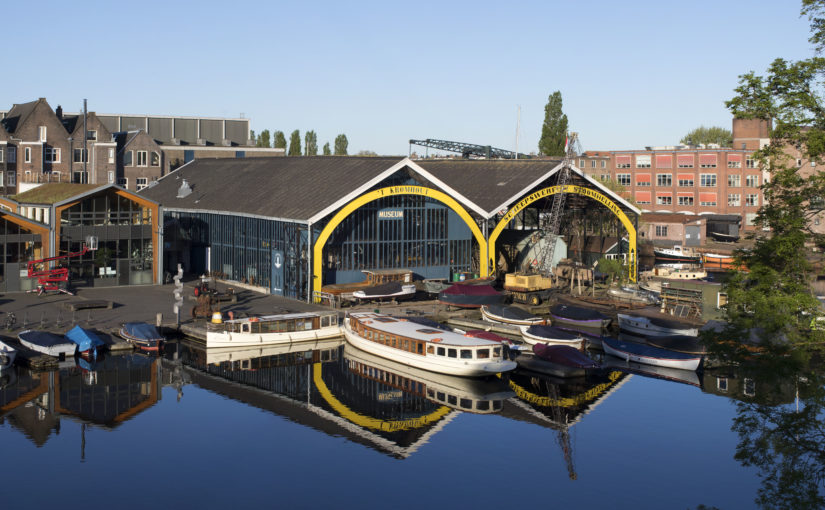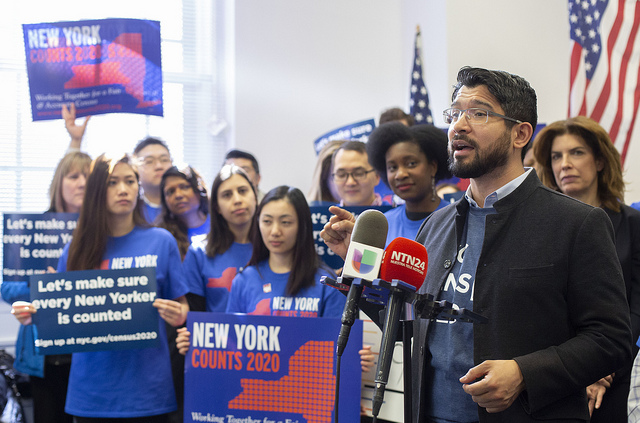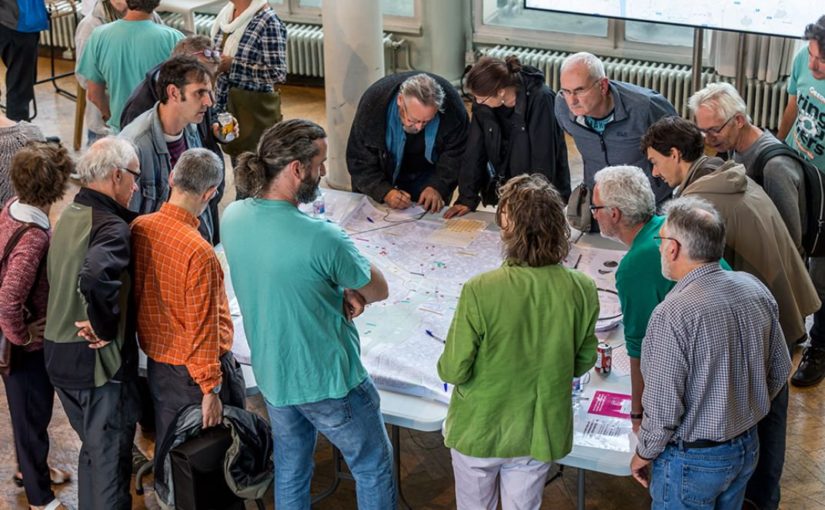In deze break-out sessie komen verschillende groepen die zich hard maken voor inclusief hoger onderwijs aan het woord. Voor wie is het huidige hoger onderwijssysteem ontworpen en wie voelen zich thuis in dit systeem? Wie worden er nog veelal buitengesloten? Met wie komen studenten in aanraking als het gaat om diversiteit in de samenleving? Wiens stemmen worden niet gehoord en wiens expertise wordt te weinig geraadpleegd binnen deze discussie? Ook zoeken we de verbinding tussen onderwijsinstellingen en maatschappelijke vraagstukken. Hoe manifesteren sociale en culturele ongelijkheid en segregatie zich in het onderwijs en hoe kunnen we deze cyclus doorbreken? Hoe kunnen instellingen een brug slaan naar diverse communities in de stad? Hoe kan inclusief hoger onderwijs zich inzetten voor een inclusieve maatschappij?
Om al deze vragen zo goed mogelijk te beantwoorden is de sessie interactief, waarbij we alle aanwezigen stimuleren actief mee te denken over de toekomst van inclusief en maatschappelijk betrokken hoger onderwijs. Er zullen vier groepsgesprekken plaatsvinden om verschillende thema’s binnen het onderwerp te behandelen. Elk van deze gesprekken richt zich op beleid, inhoud en vorm; waar ligt verantwoordelijkheid voor wie en welke concrete handelingsperspectieven zijn er? Samen vormen we een coalitie van organisaties, initiatieven en individuen. Uiteindelijk zullen de uitkomsten van de gesprekken leiden tot een eerste aanzet van een Manifest Inclusief Hoger Onderwijs.
De moderator van deze breakout sessie is Zoë Papaikonomou.
Programma
13.30 – 14.00 uur Inloop
14.00 – 14.15 uur Introductie
- Zoë Papaikonomou
- Ismintha Waldring – Belonging@VU
- Jerry Afriyie – Wit aan Zet
14.15 – 14.35 uur Pitches Good Practices
- Khaled Tamimy – Director Diversity Talks
- Fatima Kamal – Chief Diversity Officer Team UvA – Academic Diversity Buddy Program
- Marlon Tjondrodiwongso – Over Bruggen – Bruggen bouwen tussen verschillende vormen van hoger onderwijs
- Rob Andeweg – HvA en BOOT – Fieldlabs: Maatschappelijk betrokken onderwijs in de stad
14.35 – 15.05 uur Gesprekssessie/Workshop Inclusief JIJ
- De weg naar hoger onderwijs toe: voor iedereen bereikbaar.
- Hoger onderwijs in de wereld en de wereld in het klaslokaal.
- Een inclusieve onderwijs omgeving voor student en docent.
- Praten we over inclusie op inclusieve wijze.
15.05 – 15.250uur Koffie pauze
15.20 – 15.50 uur Gesprekssessie/Workshop Inclusief JIJ
- De weg naar hoger onderwijs toe: voor iedereen bereikbaar.
- Hoger onderwijs in de wereld en de wereld in het klaslokaal.
- Een inclusieve onderwijs omgeving voor student en docent.
- Praten we over inclusie op inclusieve wijze.
15.50 – 16.15 uur Terugkoppeling gesprekssessies en opstellen manifest
16.15 – 16.30 uur Afsluiting
AVOND
16.30 – 17.15 uur Borrel bij OSCAM
Een borrel om de dag af te sluiten. Metrolijn 53 vertrekt om de 5 minuten en verbindt de HvA Amstelcampus rechtstreeks met OSCAM.
Afbeelding: ©William Stitt. Courtesy of Unsplash.
